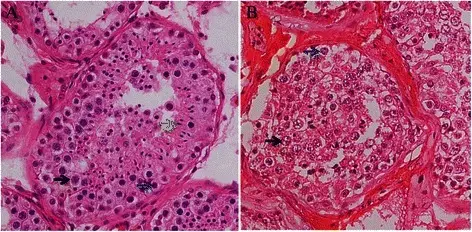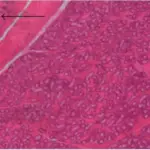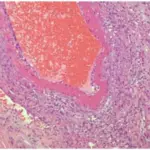Decreased fertility is a condition characterized by reduced reproduction ability.
What is the Pathology of Decreased Fertility?
The pathology of decreased fertility is:
-Etiology: The cause of decreased fertility is categorized into three groups which include pre-testicular causes, testicular causes, and post-testicular causes.
-Genes involved: CFTR.
-Pathogenesis: The sequence of events that lead to decreased fertility are testicular causes, total absence of the testes, cryptorchidism related issues, failure of spermatogenesis, Klinefelter’s syndrome, and mumps.
-Morphology: The morphology associated with decreased fertility shows atrophy of testis.
-Histology: The histology associated with decreased fertility shows marked hyalinization and thickening of the basement membrane of the spermatic tubules.
How does Decreased Fertility Present?
Patients with decreased fertility have trouble procreating, i.e fertilizing an egg. The symptoms, features, and clinical findings associated with decreased fertility include history of inability to sire in male, erectile dysfunction, and low sperm count.
How is Decreased Fertility Diagnosed?
Decreased fertility is diagnosed through medical history and physical examination. Laboratory studies such as semen analysis, and hormonal analysis may be useful. Imaging studies such as transrectal ultrasonography, scrotal ultrasonography, vasography to determine ductal system patency may help determine the underlying cause.
How is Decreased Fertility Treated?
Decreased fertility is treated with psychological and medical care that may include hormonal replacement and semen processing. Lifestyle changes and dietary supplements may be helpful.
What is the Prognosis of Decreased Fertility?
The prognosis of decreased fertility is fair with proper management.



